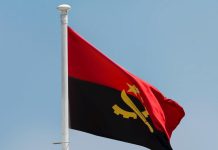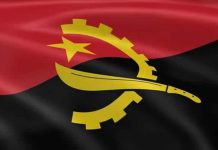Africa-Press – Angola. Heads of State and Government from the Okavango-Zambezi Transfrontier Conservation Area (KAZA) assess, tomorrow, in Livingstone, Zambia, the shared commitment to the sustainability of the region.
The Minister of Tourism, Márcio Daniel, represents President João Lourenço at the event, which takes place under the motto “Harnessing the natural capital and cultural heritage resources of KAZA as catalysts for the inclusive socio-economic development of the eco-region”.
Even today, Márcio Daniel is part of a high-level panel, with the ministers responsible for Tourism from the KAZA Member States, in which reflections will be made on the Summit’s motto.
At the Summit, one of the most important moments of the event will be the official launch ceremony of the KAZA tourist destination brand, a space that brings together strategic objectives related to the conservation of biodiversity and wildlife in Angola,
Botswana, Zimbabwe, Namibia and Zambia, whose support infrastructures are under construction.
Angola, together with Botswana, Namibia, Zambia and Zimbabwe, signed the KAZA treaty, an agreement on the establishment of the Kavango-Zambezi Transboundary Area, and it was an important step in that it determined the commitment of participating countries to conservation and sustainable use of the region’s natural resources, bringing together, in parallel, the development of a vibrant and sustainable tourist industry.
Angola’s participation in this historic moment of strategic alignment between neighboring countries and with common objectives highlights the conscious commitment to the development of the country and the region
Ambitious tourism project
Okavango/Zambezi is one of the largest and most ambitious tourism projects in the world. It is an initiative with multiple objectives, which includes part of the territory of five Southern African countries, namely Angola, Zimbabwe, Namibia, Zambia and Zimbabwe.
The project will facilitate
integration and protection of communities, socioeconomic development and protection of biodiversity in member countries and, in particular, the growth of the province of Cuando Cubango. It also includes a regional development plan, which should govern the project’s master planning guidelines.
The benefits arising from the Okavango/Zambezi biodiversity resources will be shared through best management practices, conservation, tourism and expanded livelihood opportunities for the populations of the project areas.
With a size of 278 thousand square kilometers, Angola occupies 87 thousand kilometers, and should allow the development of cross-border communities on the African continent, with almost 445 thousand square kilometers.
For More News And Analysis About Angola Follow Africa-Press






